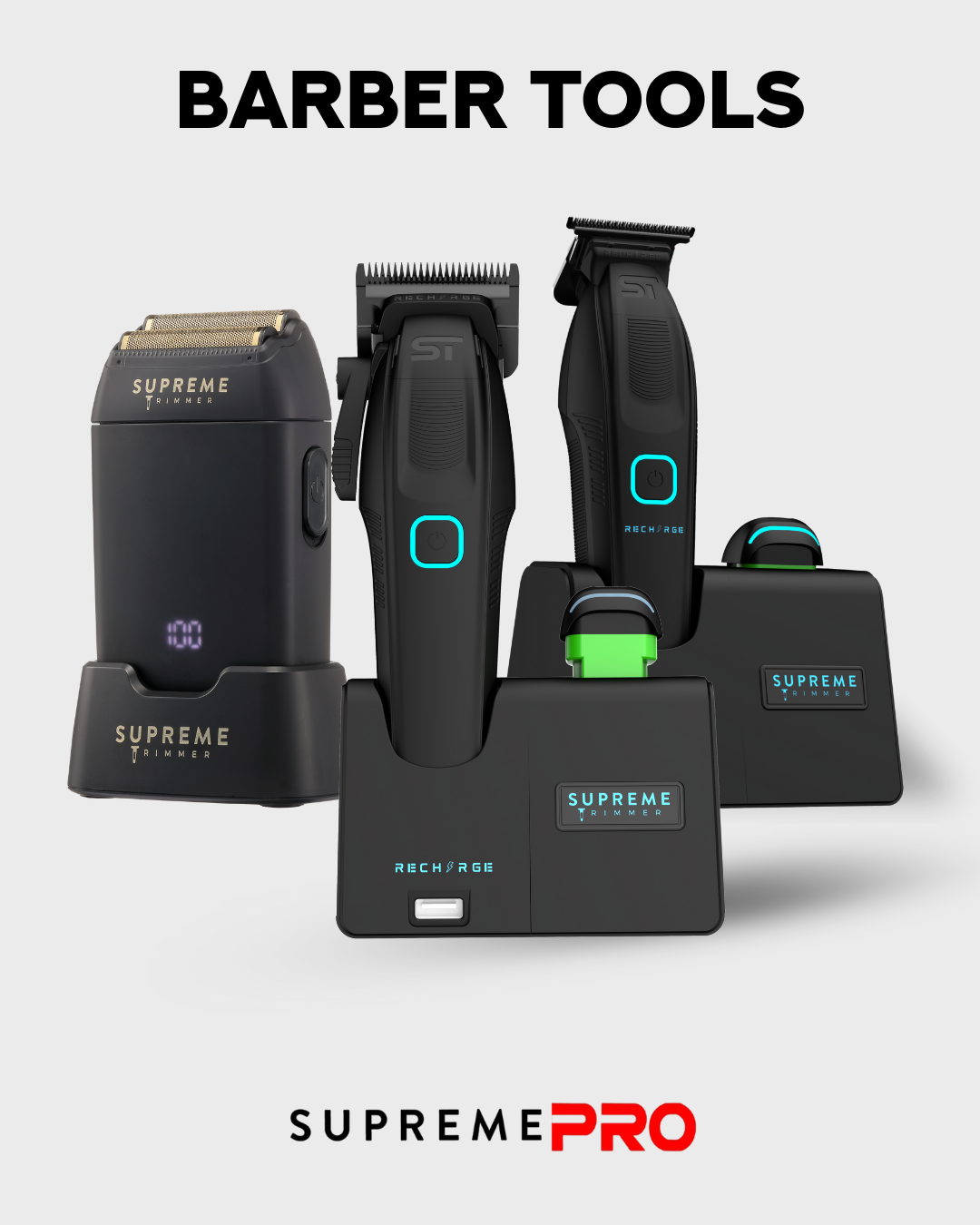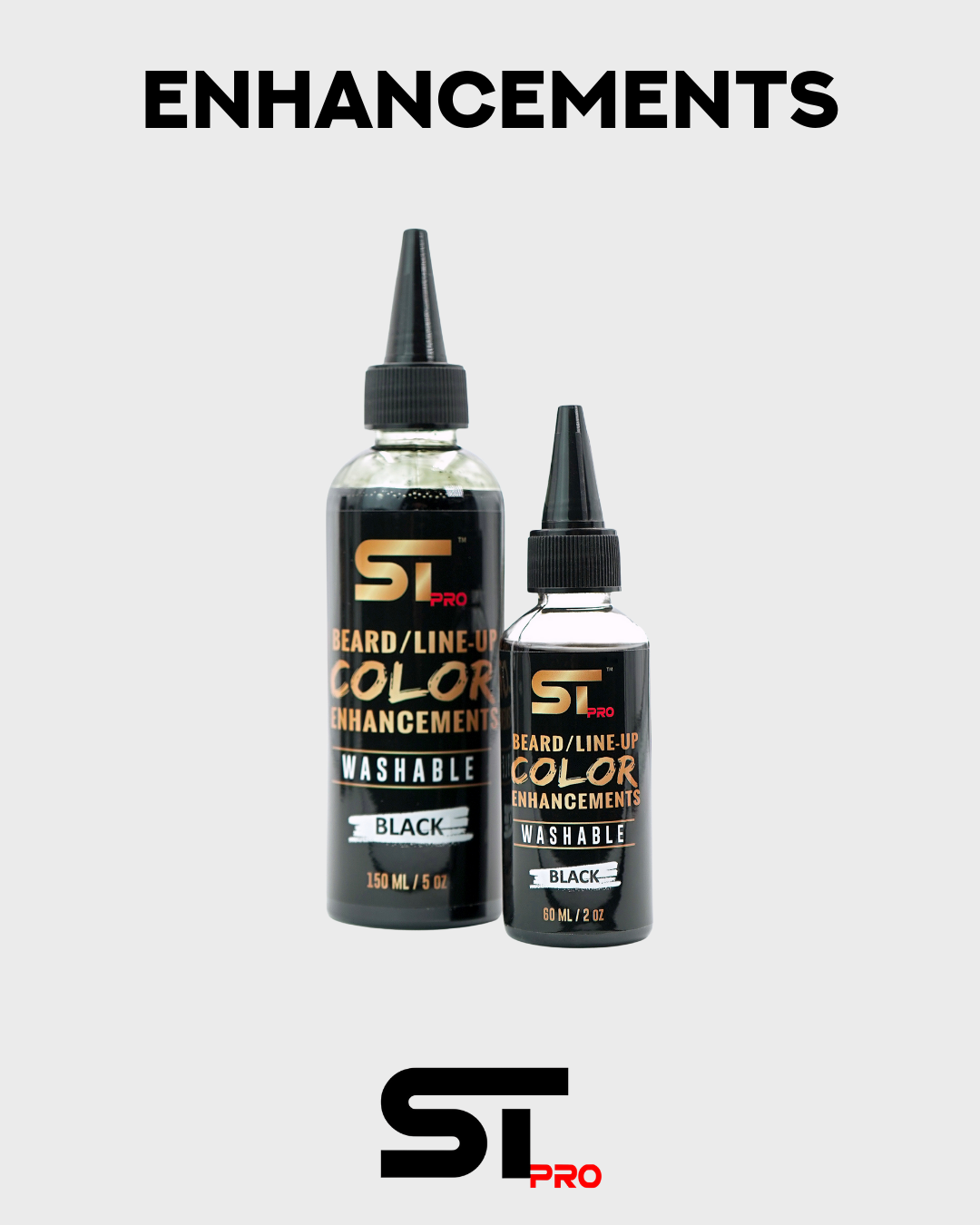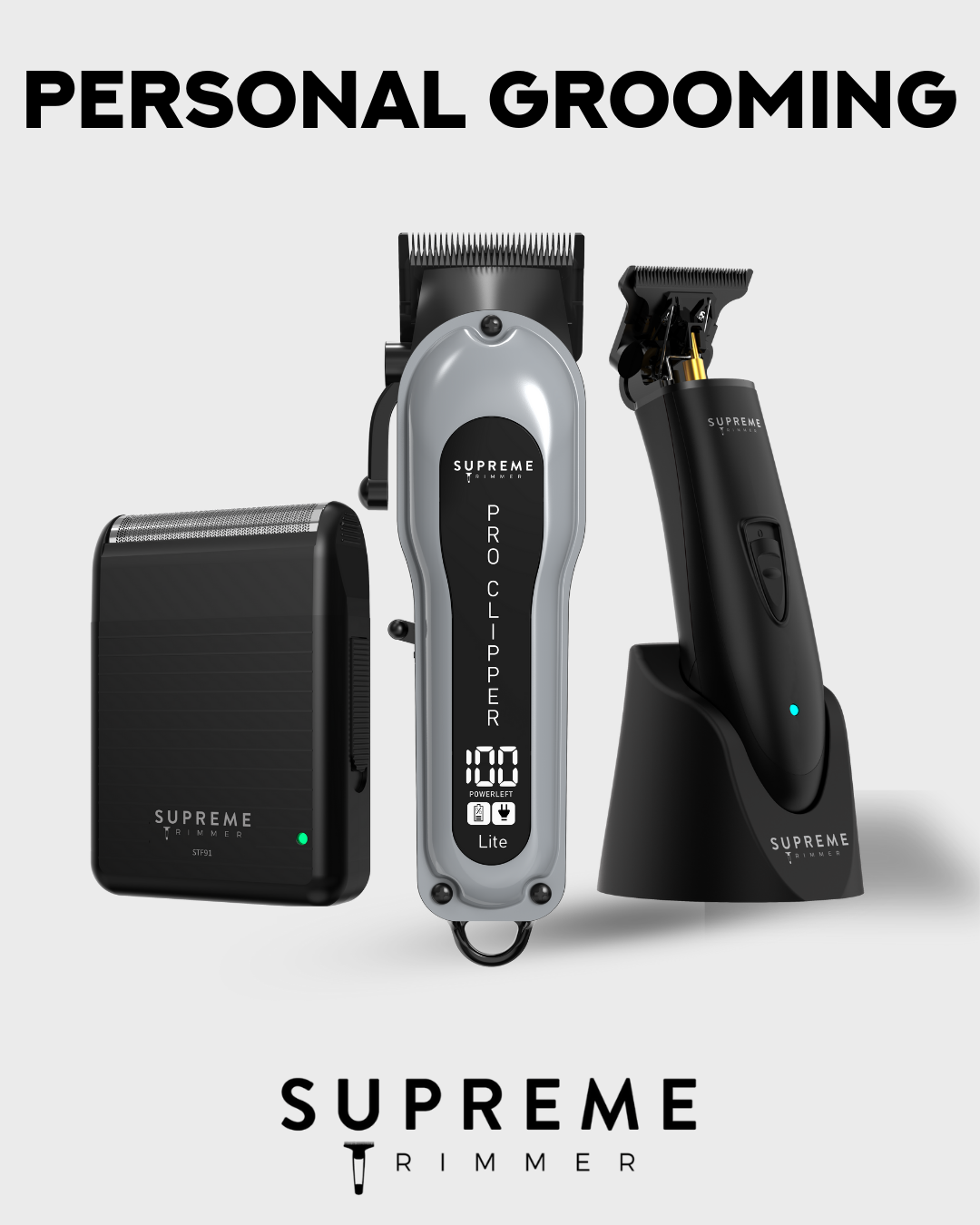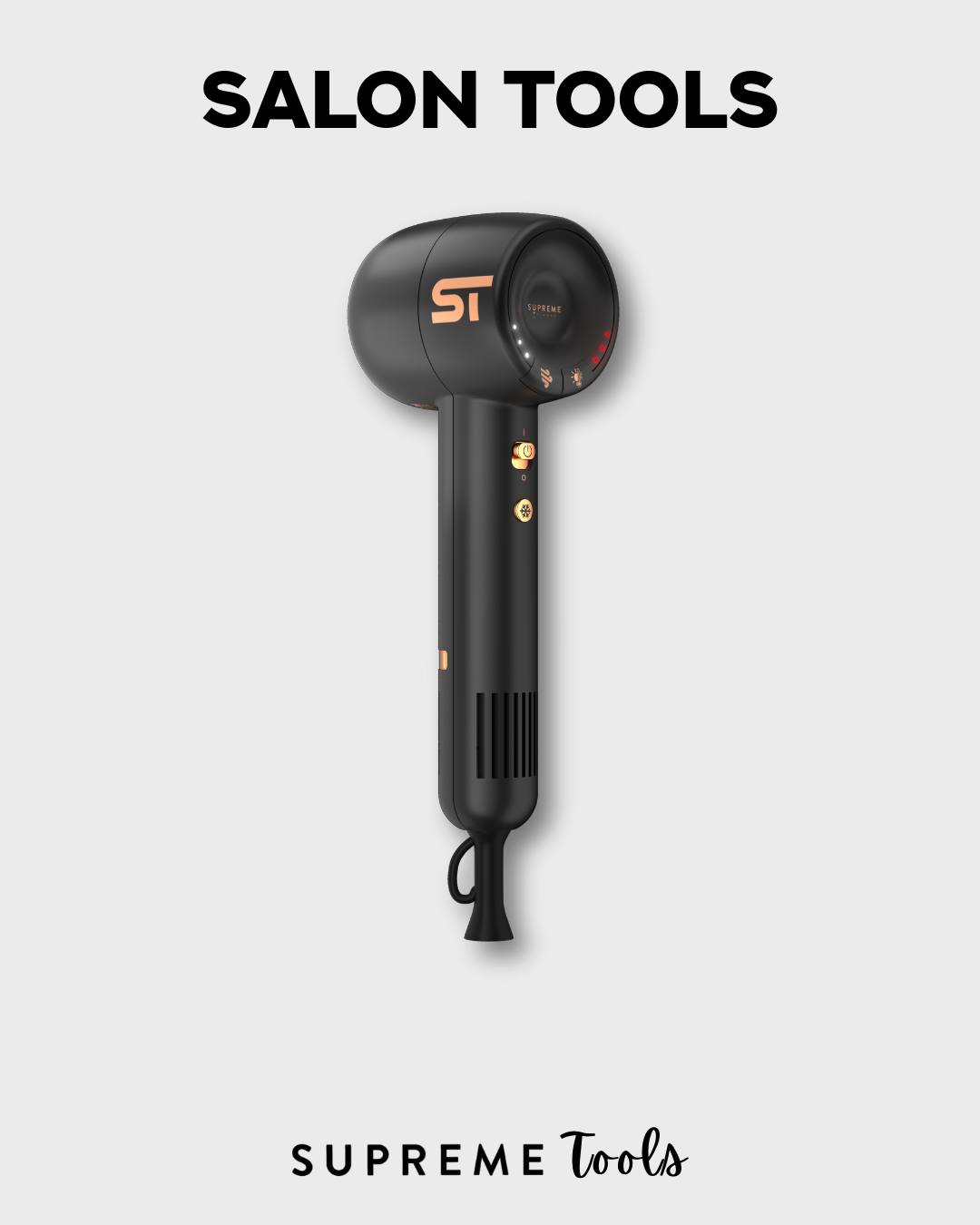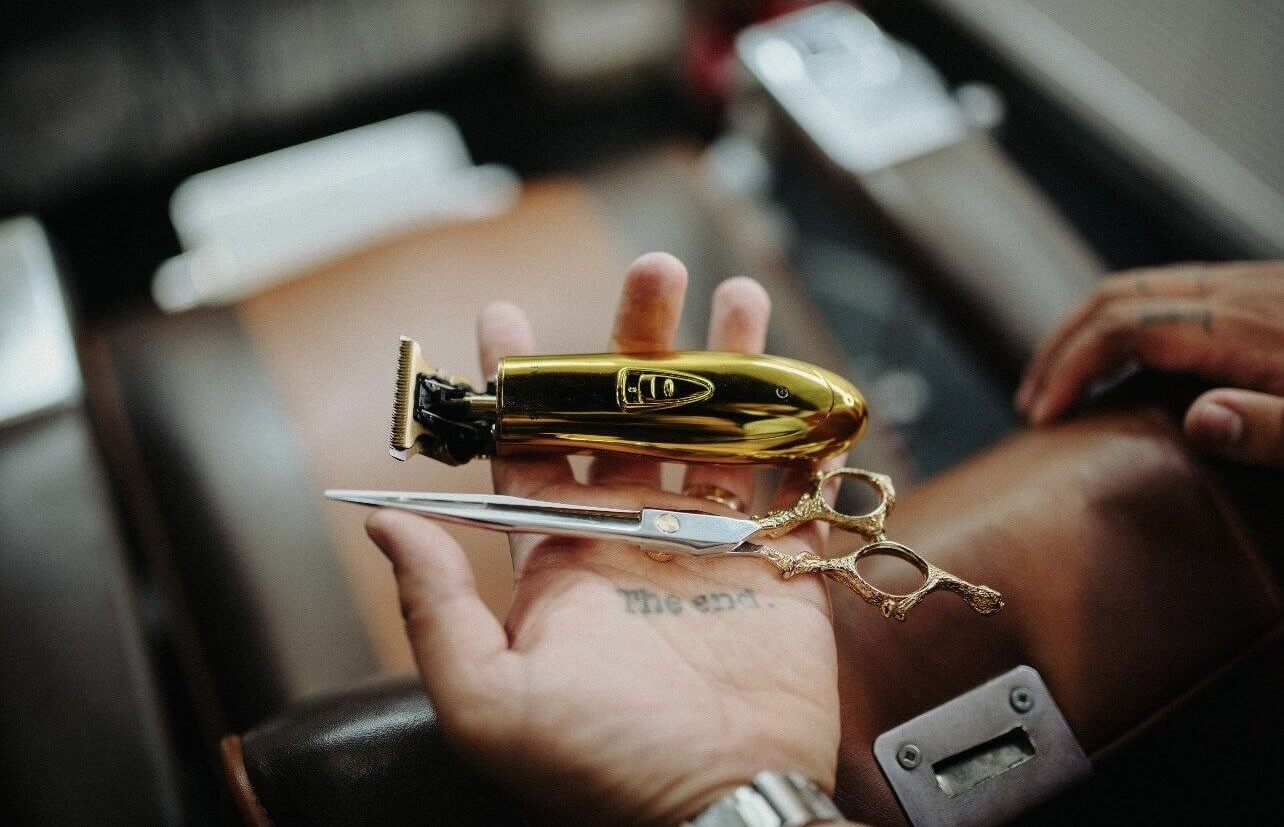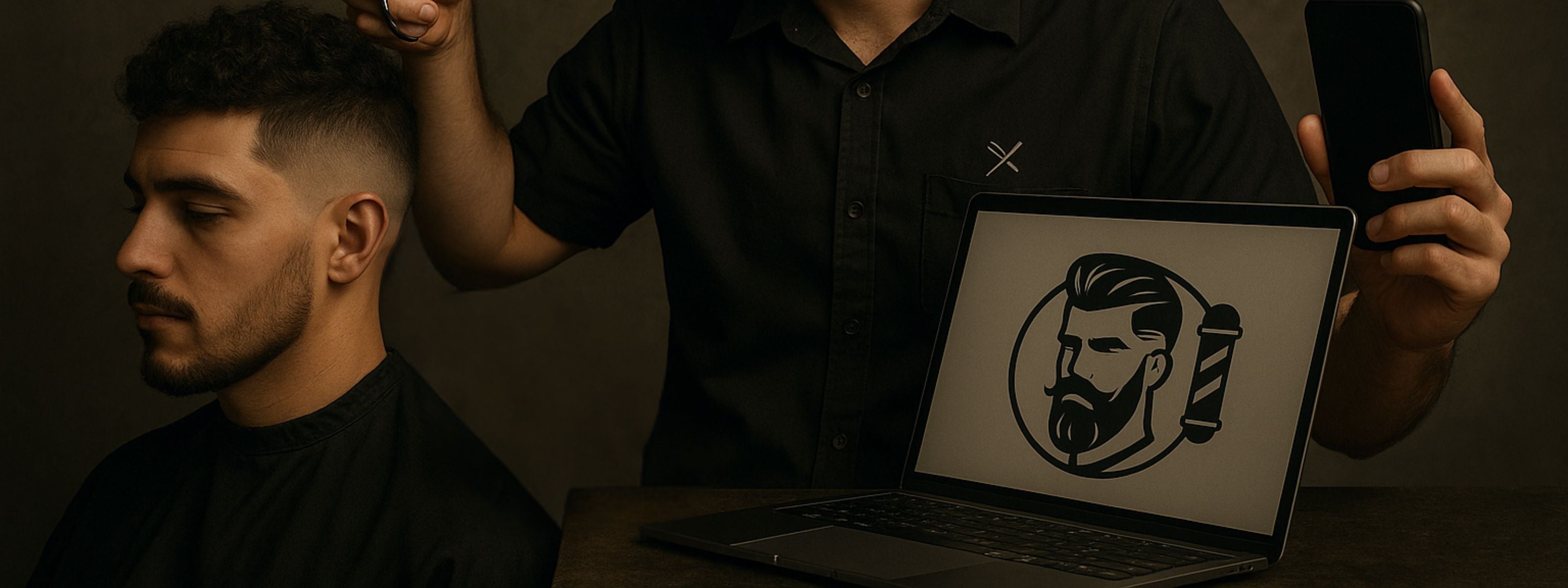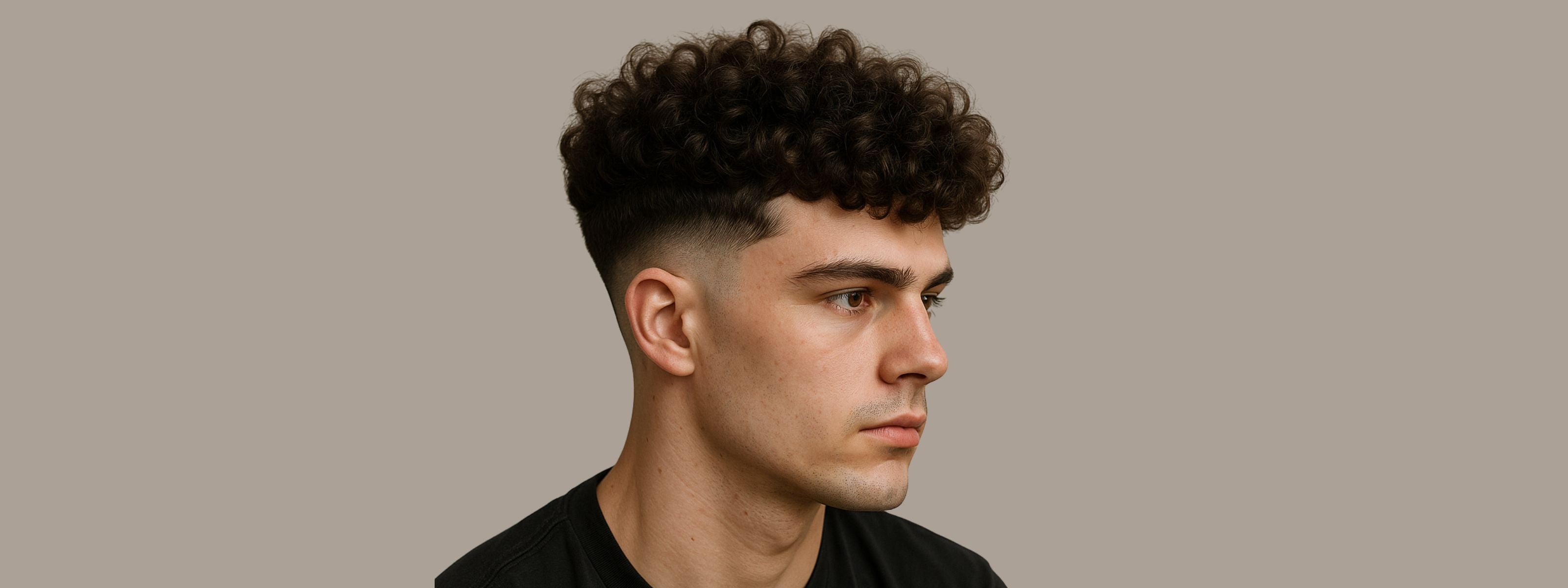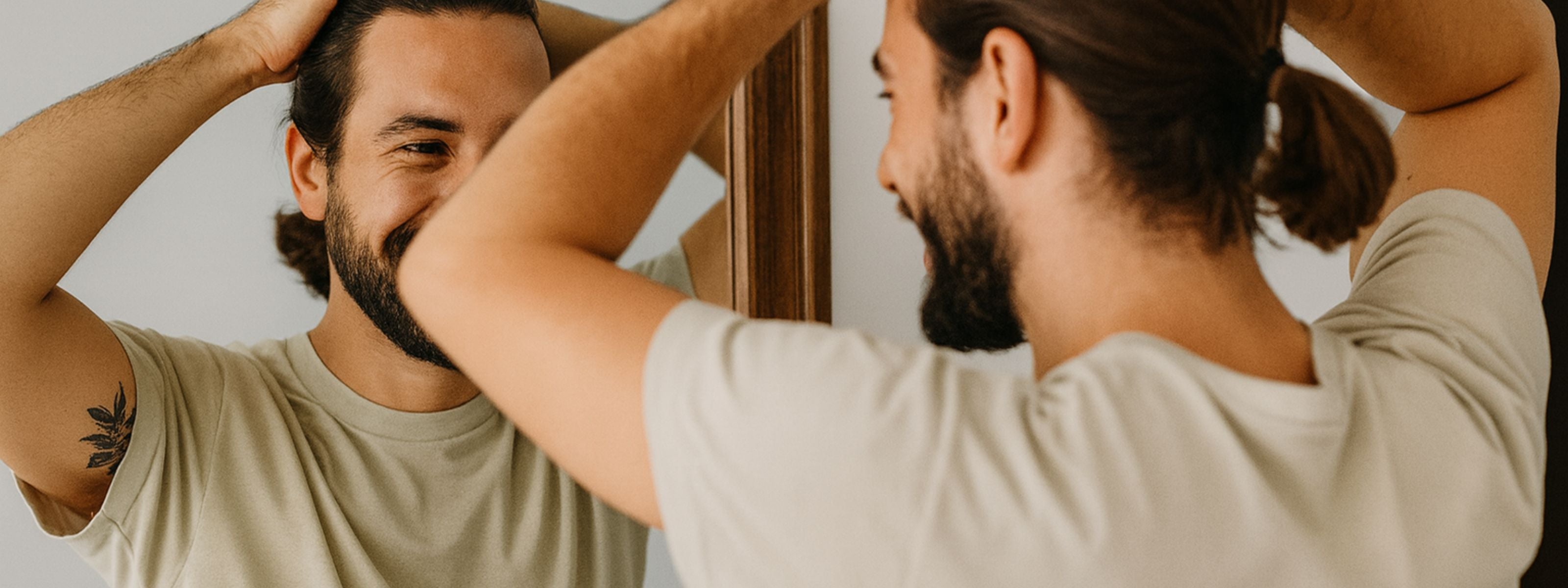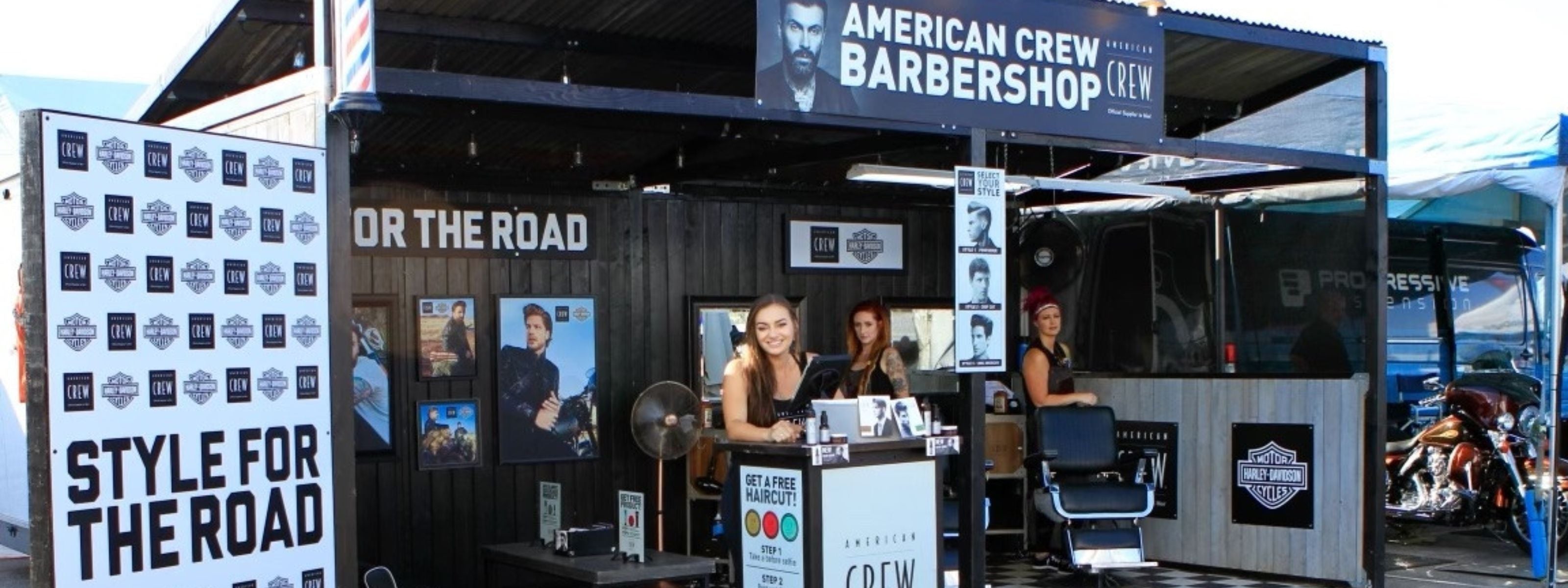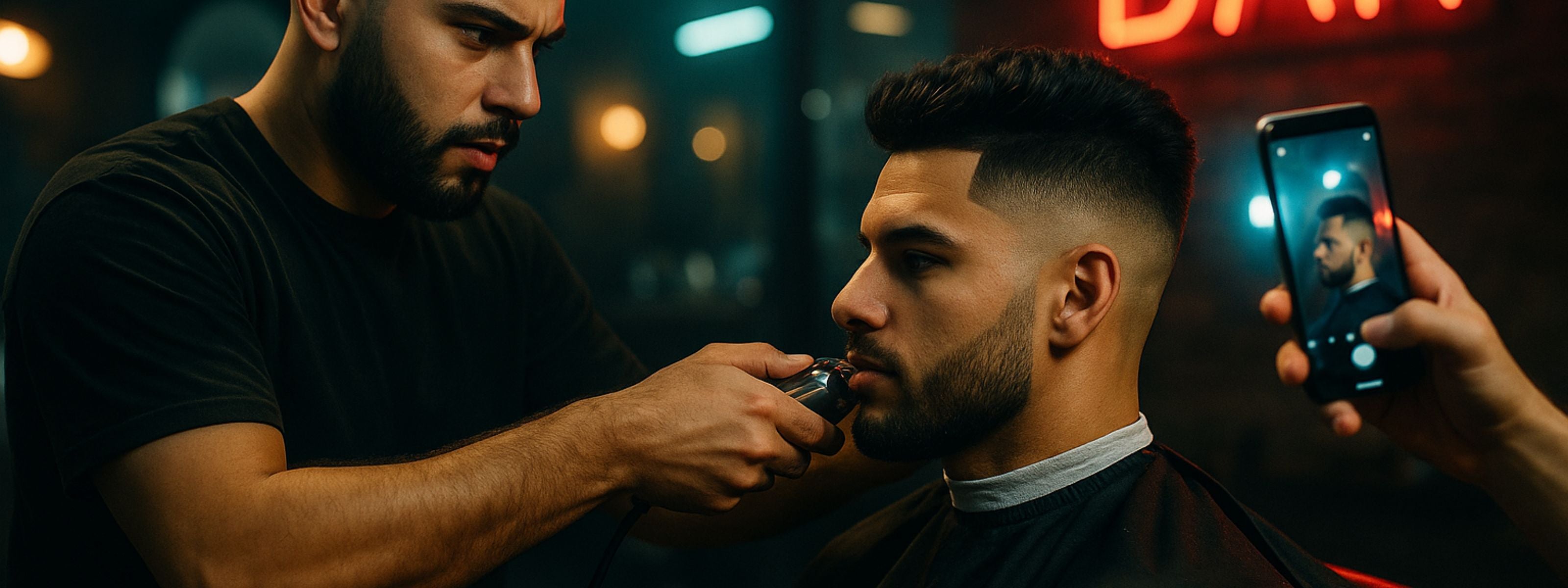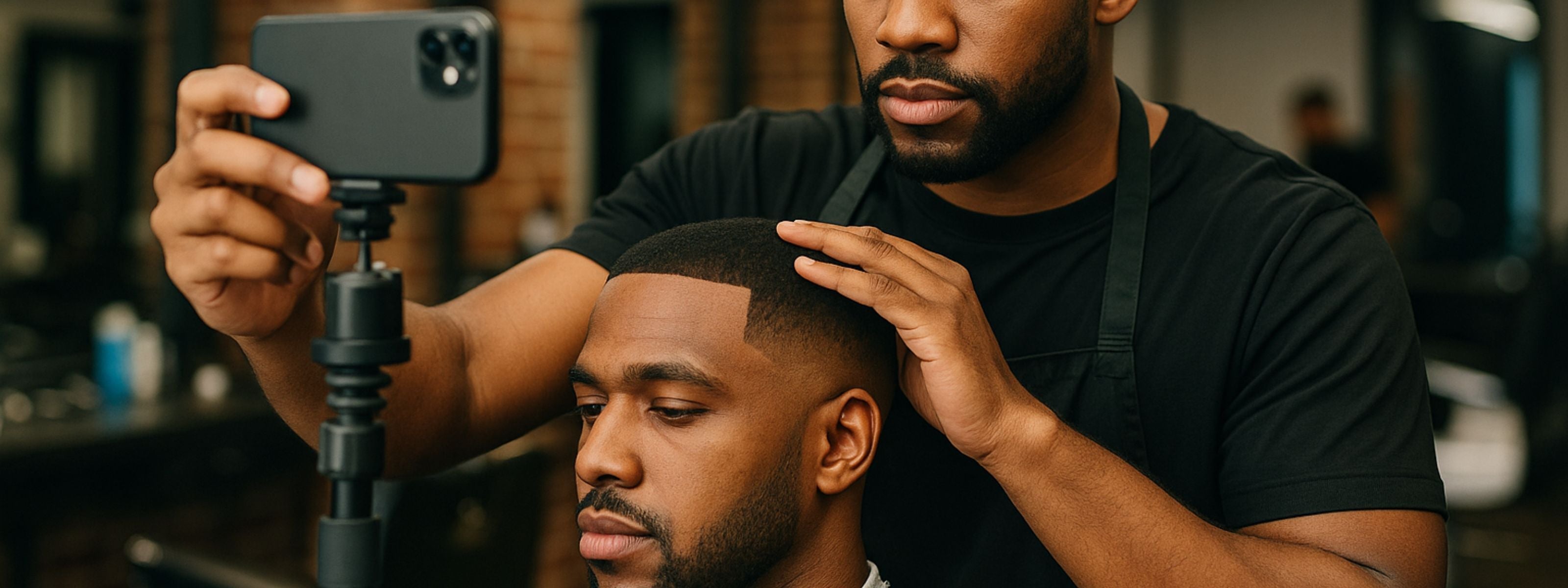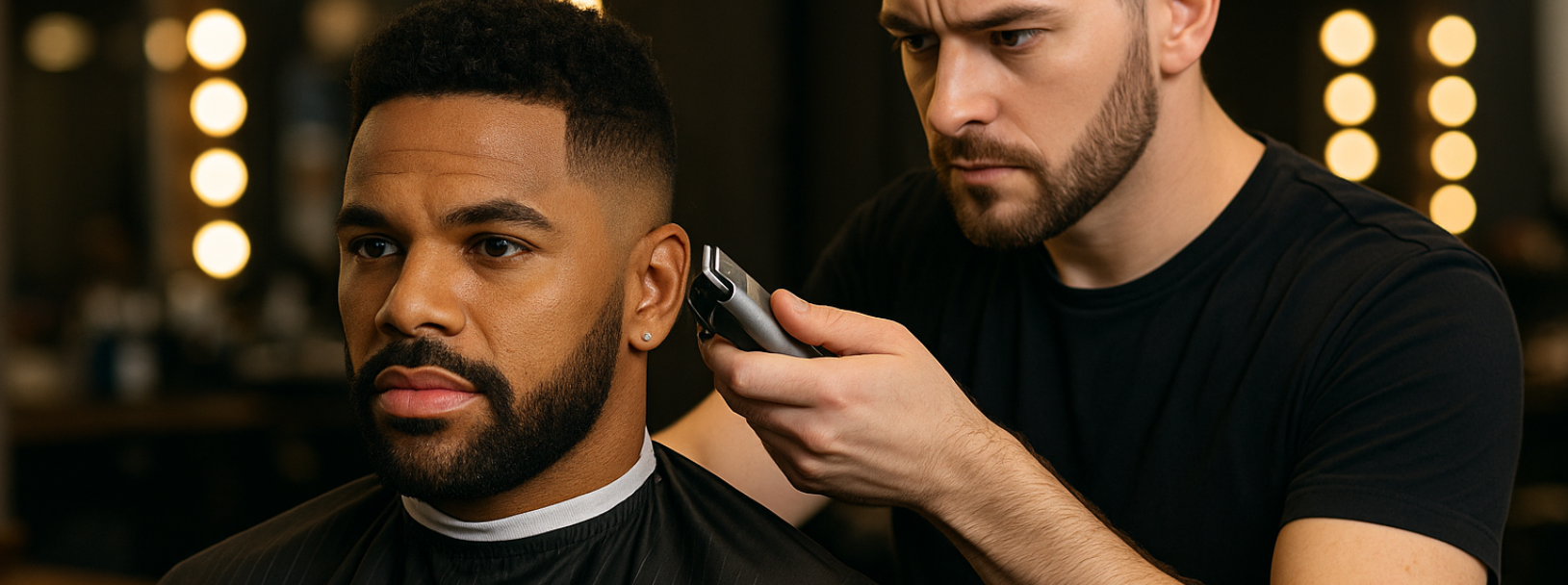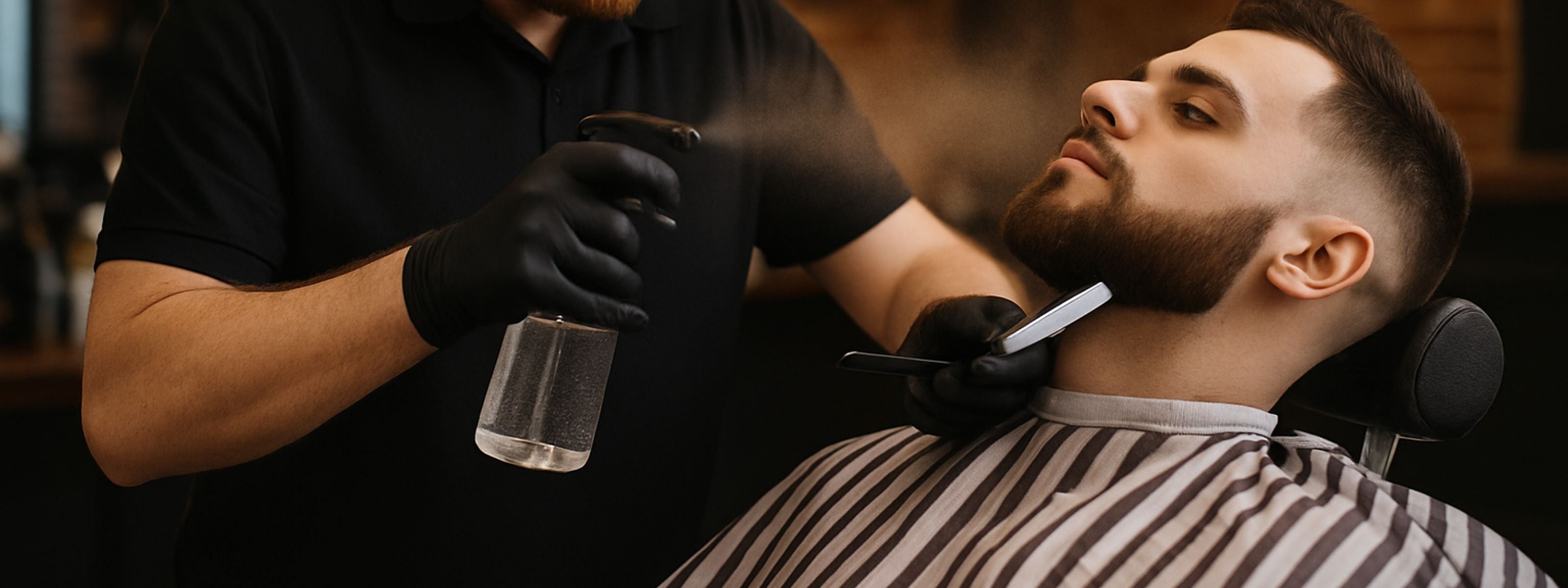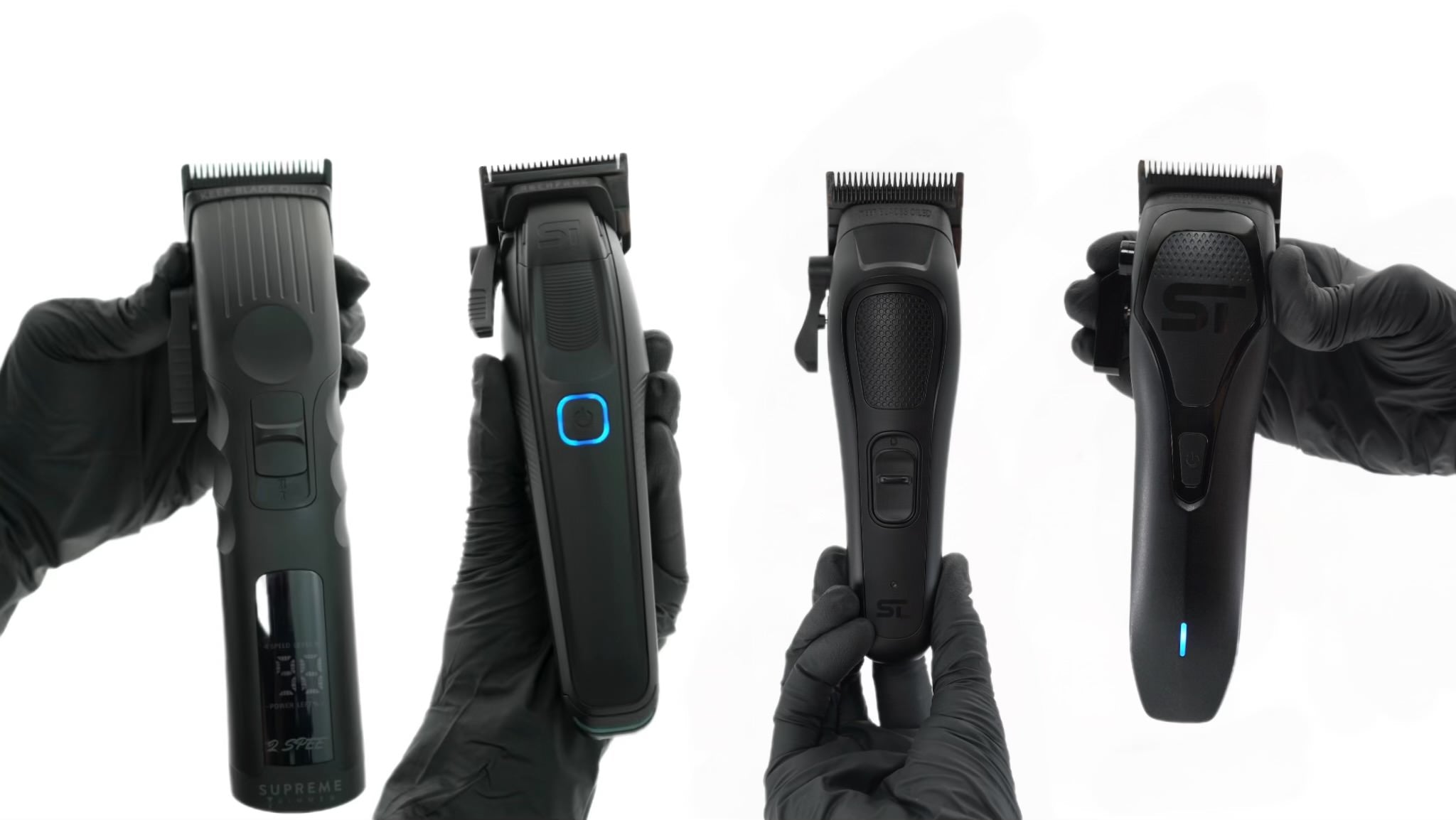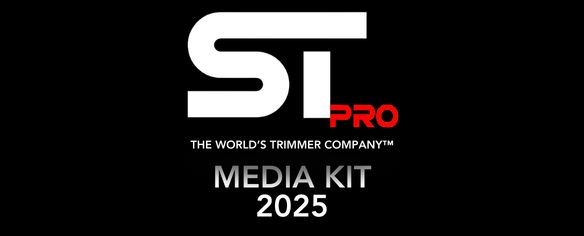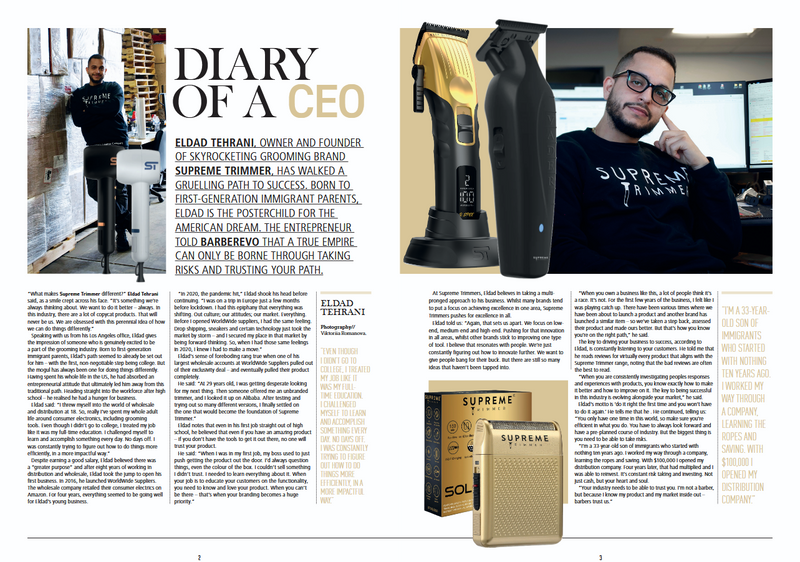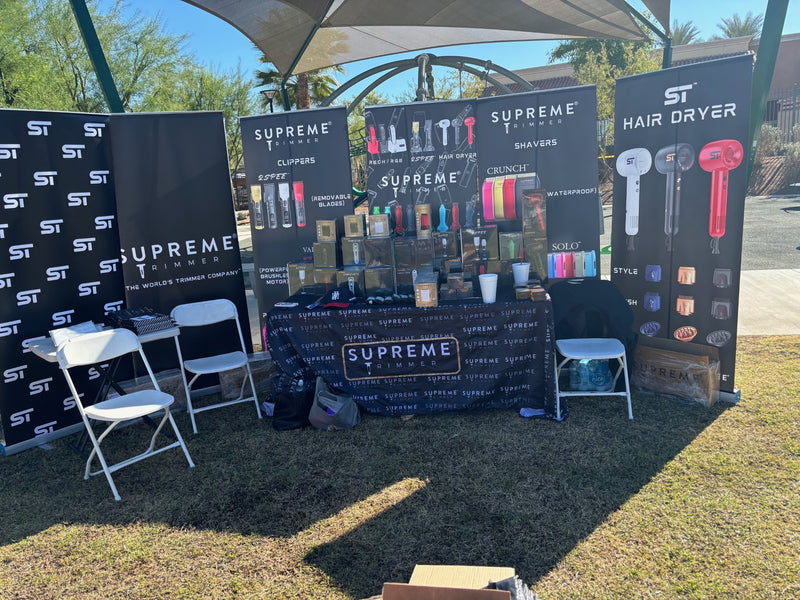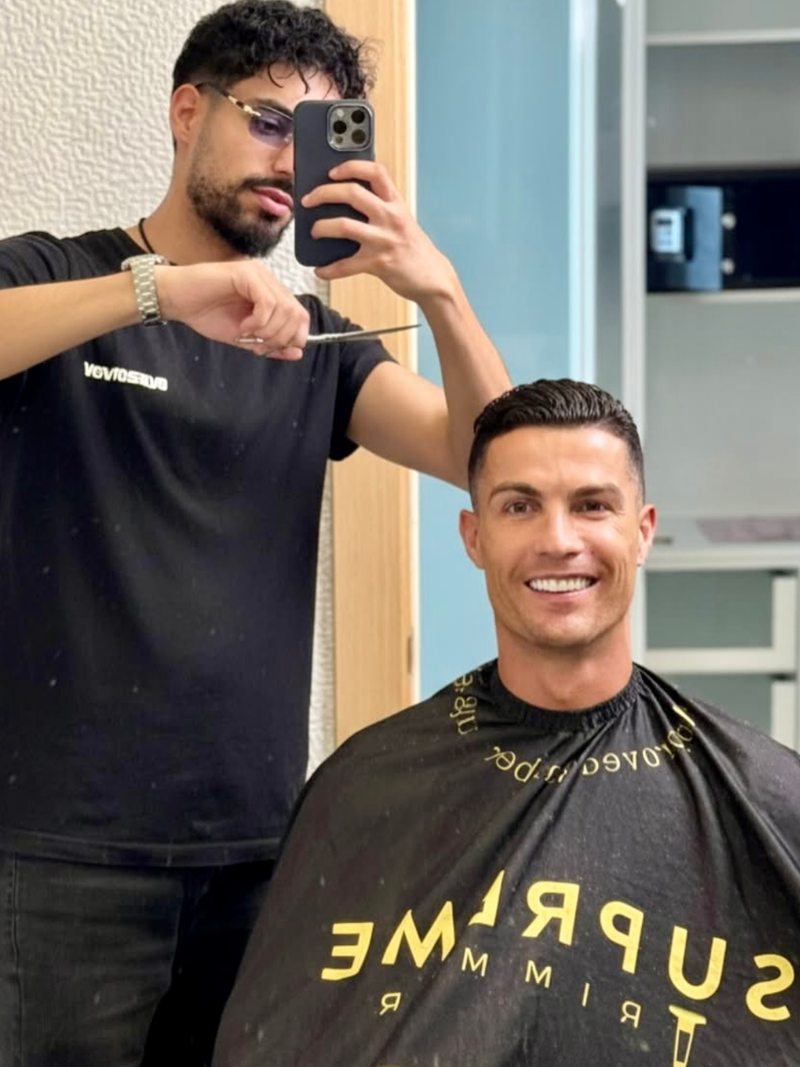You ever nick a client with the razor and feel that instant pit in your stomach? Most of the time, it’s no big deal—a quick apology, some antiseptic, and you keep moving. But sometimes, it doesn’t stop there. A burn from a hot clipper, a chemical treatment gone sideways, or a client who has an unexpected allergic reaction can turn a regular day in the shop into something way bigger—like a lawsuit.
That’s the part of barbering nobody wants to talk about, but every shop owner needs to understand. Barber shop safety isn’t just about clean tools and sharp fades. It’s about protecting your clients, your business, and your reputation when things don’t go as planned.

Why This Isn’t Just “Extra” Stuff
The tools we use—straight razors, clippers, hot trimmers, chemicals—they’re all potential hazards. Most clients never think about it, but we know it’s built into the job. According to legal experts, barbers and stylists get sued for everything from scalp burns to slip-and-falls. And what feels like a “small mistake” to you can feel like negligence to someone else, especially when their skin, scalp, or appearance is on the line.
Think about it: a client trusts you enough to sit down and literally put their head in your hands. That’s a big responsibility. If they walk out hurt, even by accident, that trust is broken—and in today’s world, broken trust can mean a courtroom.
What Barbers Actually Get Sued Over
Cuts and nicks sound obvious, but one bad gash from a razor is enough to start a barber injuries lawsuit. Chemical burns are another big one—botched dye jobs, bleach left on too long, or relaxers applied without a patch test can cause serious damage. Allergic reactions can come out of nowhere if you don’t ask or test beforehand. And don’t forget about the shop itself. Wet floors, loose wires, shaky chairs—these are all part of barbershop risk management because if someone slips, that’s on you.
How to Protect Your Shop and Yourself
Here’s the part every barber needs to hear: insurance isn’t optional. Get liability coverage that includes personal injury, chemical burns, and accidents on your premises. That policy is your backup when something goes wrong.
Be transparent with your clients. If you’re doing color, bleach, or chemicals, explain the risks. Better yet, have them sign a consent form. It might feel like overkill, but it protects you if something happens.
Take care of your tools. Don’t ignore clippers that overheat, razors that pull, or chairs that wobble. Regular maintenance is part of protecting clients in the barbershop—and part of protecting yourself.
And document. Keep records of services, products used, and any issues that came up. It sounds boring, but if a client comes back weeks later with a claim, your notes can save you.

When Something Goes Wrong
Even the sharpest barber has a bad day. If a client gets hurt, how you respond matters just as much as the injury itself. First, take care of them. Offer first aid, check in on them, and stay calm. Then, document everything—photos of the injury, the tools you used, the products, the scene.
Don’t get defensive. If they’re upset, listen. Sometimes a sincere apology and a professional response can stop a bad situation from escalating. If it looks like they’re serious about taking it further, let your insurance company handle the conversation. That’s what you’re paying for.
Why Safety Is More Than Just Avoiding Lawsuits
At the end of the day, barber shop safety is really about respect. People walk through your doors expecting to feel good, not walk out with an injury. If you put their safety first, you build trust—and trust is what keeps clients coming back.
Barbering has always been about more than just hair. It’s about community, confidence, and connection. But if you ignore safety, you risk all of that. Keep your tools sharp, your space safe, and your communication honest. Do that, and your reputation will be remembered for the right reasons—fresh fades and clean line-ups, not courtroom drama.
References
LegalMatch. Barber and Hairdresser Liability. legalmatch.com
CourtroomProven. Botched Beauty: Salon Injuries & Burns. courtroomproven.com
DianaLegal. Chemical Burns & Scalp Injuries from Hair Products. dianalegal.com
Downtown LA Law. Barber Shop Injuries & Liability. downtownlalaw.com
Vaval Law. Scalp Burns in Beauty Settings. vaval-law.com

